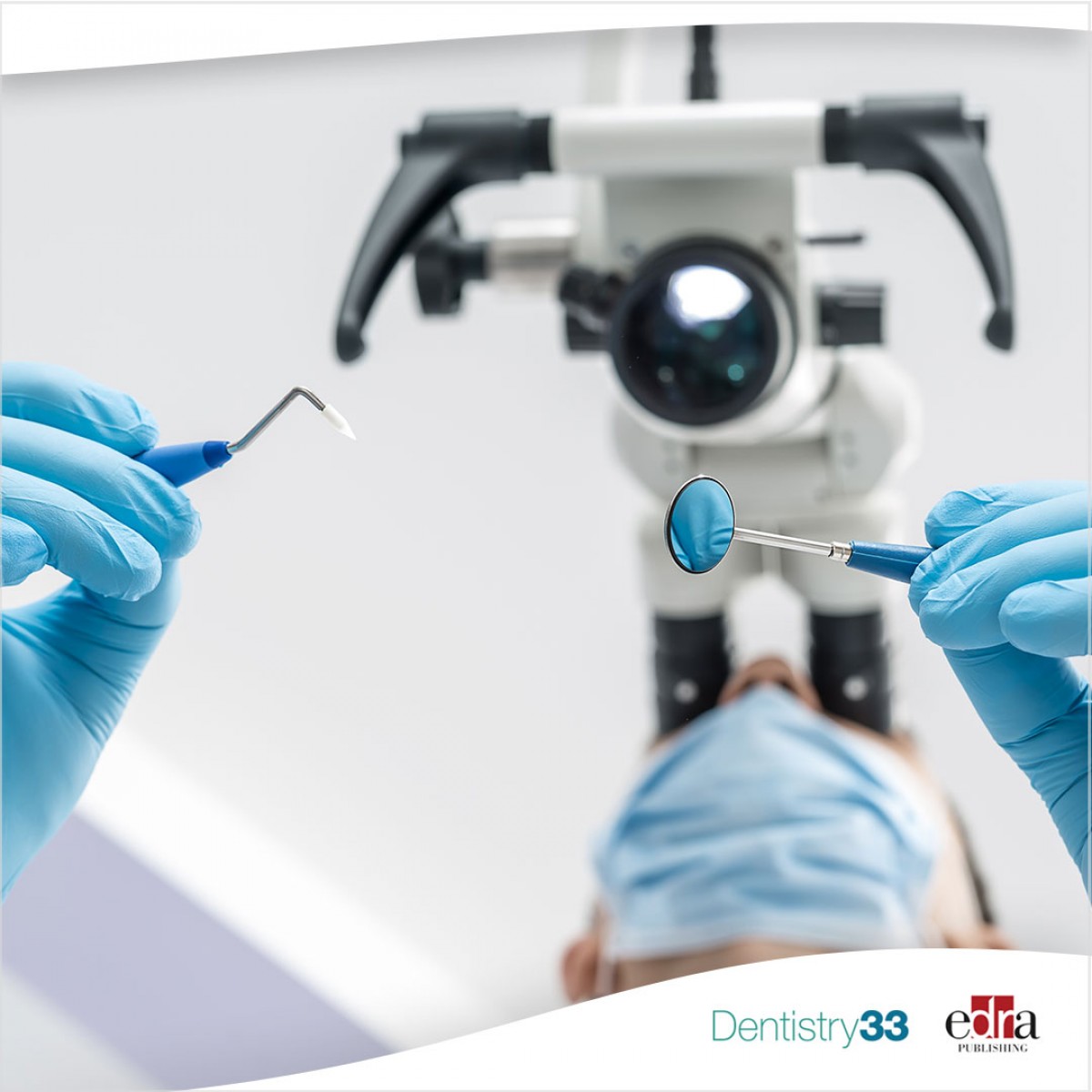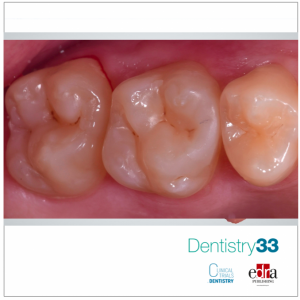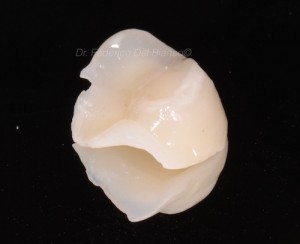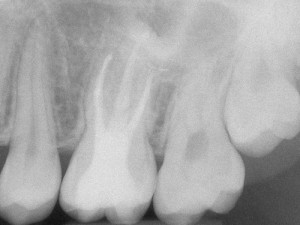
The use of the microscope in dentistry
By Valentina Viganò, University of Milan
A study conducted by a team of researchers from the University of Medicine and Pharmacy of Cluj-Napoca in Romania aimed to compare the results of direct composite restorations, with and without the use of additional magnification.
The team found statistically significant differences in favor of using the magnifiers primarily before the polishing protocol and after polishing.
According to the researchers, magnification can be used to increase the quality of the final direct posterior restoration by improving the integrity of the marginal fit, reducing excess material, preventing marginal microleakage and avoiding subsequent failure.
Researchers in their work have demonstrated, by comparing fillings performed on extracted teeth with or without magnifiers, that magnifying glasses and microscopes bring important benefits such as greater attention to detail and consequently a better outcome of the therapy carried out.
However, there are also some disadvantages which limit their use, for example the lack of a fixed working posture on the part of the health care professional. This includes movements of the dentist's head which combine to disturb the image of the operating field subjected to magnification and for this reason clinicians should try to minimize them.
The use of magnifying systems was introduced for the first time almost 30 years ago, but only in more recent times has its use grown in endodontic and restorative practice. Moreover, with the use of the microscope, fiber optic light sources are also essential for correct observation of the operating field.
The use of the microscope has made it possible to develop minimally invasive techniques for the patient and to sacrifice less dental tissue, compared to traditional techniques, thus being able to preserve one's original teeth for longer. The principles on which conservative dentistry is based are similar to those of a few decades ago, but nowadays they are more essential to pursue aesthetic goals in addition to biological and bio-mechanical ones. In modern dentistry, more and more precision, high aesthetic quality and reduction of the times in which the patient is in the dentist's chair are required. In pursuing these objectives, the use of magnifying systems has been an immense help.
Research indicates the benefits dentists derive from using the microscope, including:
- a better view of the operating field and therefore better precision during treatments,
- a general improvement in the quality of the treatments from the preparation of the cavity to the final restoration,
- allows minimally invasive treatments to be performed, with less removal of dental tissue (through the microscope it is also possible to find carious lesions in the bud that have not yet compromised a large part of the tooth),
- allows you to remove old fillings by removing only the compromised dental tissue, while maintaining the healthy one and preserving the tooth more,
- accelerates the final step of a filling, i.e. the time taken to reduce the excess part of the composite after the reconstruction is complete,
- a better work approach for the dentist: there is a reduction in eye fatigue and less effort to interpret clinical details, leading to a better work performance,
- better management of the procedure both with the patient and with the assistant in the dental chair, as the microscope allows you to take photographs and videos useful for informing the patient in detail and allows the dentist's assistant to follow every detail in real time and be able to intervene more promptly,
- avoids iatrogenic damage, thanks to the working precision that the microscope allows.
For more information: "The outcome of direct composite restorations using the dental operating microscope."
 Related articles
Related articles
Restorative dentistry 16 September 2022
Deep Margin Relocation: flowable or traditional hybrid composite?
Co-authors: A. Comba, F. Del Bianco
In patients requiring an indirect restoration, the proximal box is often below the surrounding gingival margin and close, or even below, the cementoenamel junction (CEJ). Deep margins may...
Author: Andrea Baldi
A 19-year-old female patient came to my attention reporting sensibility related to cold on the 2nd quadrant. The general medical history revealed nothing relevant. Clinical and rx bitwewing...
Restorative dentistry 26 January 2021
Co-authors: A. Comba, F. Del Bianco
Direct composite restorations are considered an excellent solution for posterior teeth rehabilitation. However, in some cases, despite the evolution of adhesive systems and composite materials, a...
Authors: Dr. Martignoni, Prof. Grandini
The restoration of the endodontically treated molar has always been a debated topic. The clinician faces many different challenges and it is important to know how to...
38-year-old male patient with negative medical history, who comes for a visit many years after the last dental check-up. He reports difficulty in removing food...
 Read more
Read more
Editorials 10 October 2025
With proud smiles and crisp white coats, ninety-three learners from the DDS Class of 2029 and the International Dentist Pathway Class of 2028 marked the start of their dental careers at the UCSF...
Periodontology 10 October 2025
Continuous professional development (CPD) in Periodontology refers to the overall framework of opportunities that facilitate a life-long learning practice, driven by the learner-practitioner and...
TheraBreath, the #1 alcohol-free mouthwash brand in the U.S.*, has introduced a new line of dentist-formulated, clinically tested toothpastes designed to support professional oral care...
News 10 October 2025
New officers and trustees were installed at the Minnesota Dental Association’s Leadership Conference on September 19 in Minneapolis.
News 10 October 2025
Smartee Denti-Technology today announced that Professor Gang Shen, its Chief Scientist and Executive President of TaiKang ByBo Dental, has once again been named to the World’s Top 2% Scientists...















